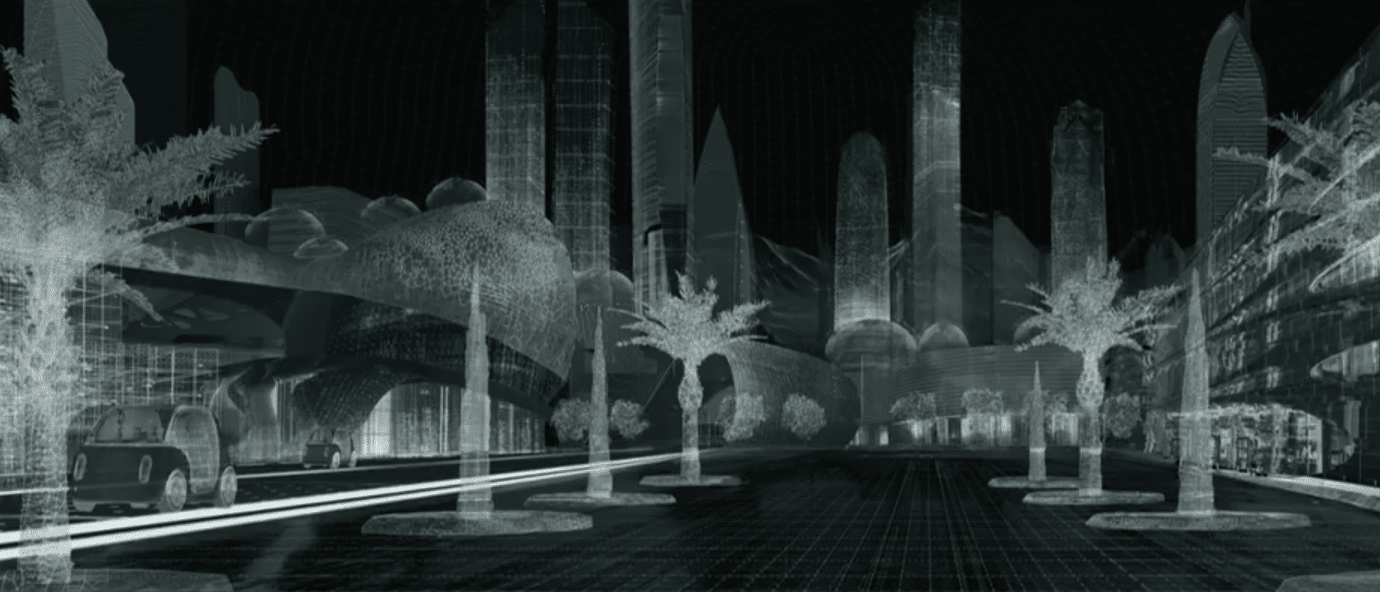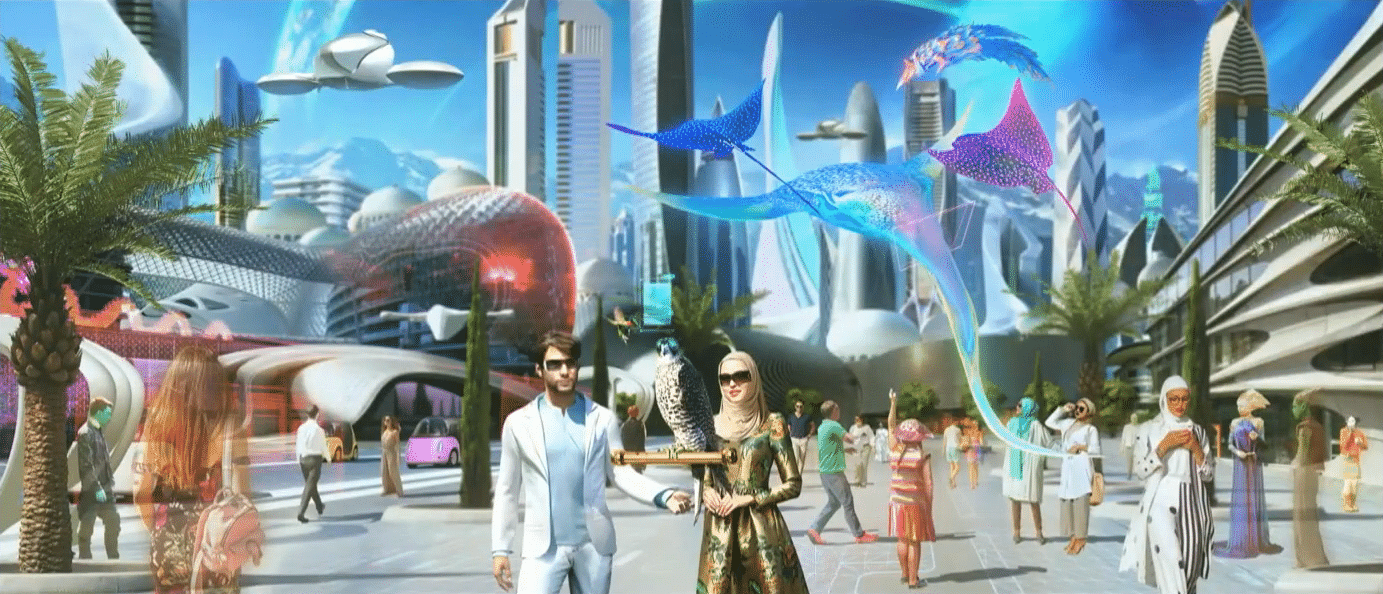
XR Talks is a weekly series that features the best presentations and educational videos from the XR universe. It includes embedded video, as well as narrative analysis and top takeaways. Speakers’ opinions are their own.
This week’s L.E.A.P. conference gave us a new piece of terminology among other things. “Magicverse” defines Magic Leap’s ideology for how spatial computing will manifest. It’s similar to the AR cloud but with an extra layer of Magic Leap’s principles (more on those in a bit).
“Perhaps you’ve participated in talking about something called the AR cloud,” said Magic Leap SVP of Creative Strategy, John Gaeta. “This is to some degree that conversation, but it gets larger than that over time. We believe that we’re not here just talking about mixed reality.”
One of the underlying constructs of the Magicverse for example is “verses.” Not a completely new concept, these are data sets that represent thematic layers of content that one might want to see overlaid on their world. There can be layers for entertainment, art, sports, work, utility/safety, etc..
“Maybe there’s going to be a director who creates a week-long comic adventure over Los Angeles,” posed Magic Leap CEO Rony Abovitz. “That may be the entertainment layer. Other folks might want to work on the communication layer or health and wellness layers.”

Furthering the analogy (key root: “analog”), Magic Leap Chief Futurist and Snow Crash author Neil Stephenson invoked a recent lunch where the restaurant had both pleasing decor and eyesores like exit signs. These represent functional layers that could be activated in a Magicverse construct.
“Most of the time you may want to just see the beautiful stuff, but in an emergency, what you want to know is where to find the exits,” he said. “So the idea of layers that serve different purposes that we can toggle on and off as we need them is a key element to the Magicverse concept.”
Another key variable is scale. The above two examples involve small-scale “verses” (a restaurant) and large-scale ones (an entire city). These will likely develop over time from small to big, but the capacity is there for both. And advancing wireless broadband will be an enabler.
“You have almost a digital soul for a physical place, and you could think ‘that’s a room,’ ‘that’s a building,’ ‘that’s a coffee house,’ ‘that’s an entire city,’ said Abovitz. “When you put incredibly high-speed networks like 5g into cities, it becomes a platform for all of you to develop amazing things.”
One question this raises is will layers/verses replace the prevailing mobile development platform: apps? That could take a while of course, but there’s growing realization that the siloed app vessel that ruled the smartphone era isn’t optimal for the dynamism required in spatial computing.


Again, lots of these concepts aren’t totally new and have been discussed under the AR cloud umbrella for a while. In fact, AR Cloud pioneer Matt Miesnieks started his journey in AR a decade ago at Layar — a company title that played on the concept of digital layers for the physical world.
But Magic Leap’s differentiation comes down to several factors. Beyond full stack orientation, massive funding and technical chops, it’s unique take on the AR cloud (ahem, Magicverse), boils down to a set of principles for things like cross-platform functionality and decentralization.
“There’s something we think of as ‘XR compatibility,'” said Abovitz. “That means if you build something in Magic Leap, how could it talk to other devices? How could it talk to phones, tablets, or other XR systems so that your work is expressed and amplified in a much greater way.”

As for decentralization, questions of who owns AR content and data continue to be asked. Could the construction of a new system be an opportunity to decentralize (insert Pied Piper joke)? Abovitz thinks so, stressing that Magic Leap isn’t motivated by ad revenue to collect user data.
“There’s thought processes you as creators have to go through: ‘What kind of system do I want to build?’ ‘Who do I want to build it for?’ ‘Who am I building it with?'” he said. “We want it to be distributed, not centrally controlled. We want users to have control over their data.”
See the full presentation below, coded to start at the right segment. Also stay tuned for more standalone analysis on the apps vs. layers concept.
https://youtu.be/vV8oGahOSgc?t=1314
For deeper XR data and intelligence, join ARtillry PRO and subscribe to the free ARtillry Weekly newsletter.
Disclosure: ARtillry has no financial stake in the companies mentioned in this post, nor received payment for its production. Disclosure and ethics policy can be seen here.
